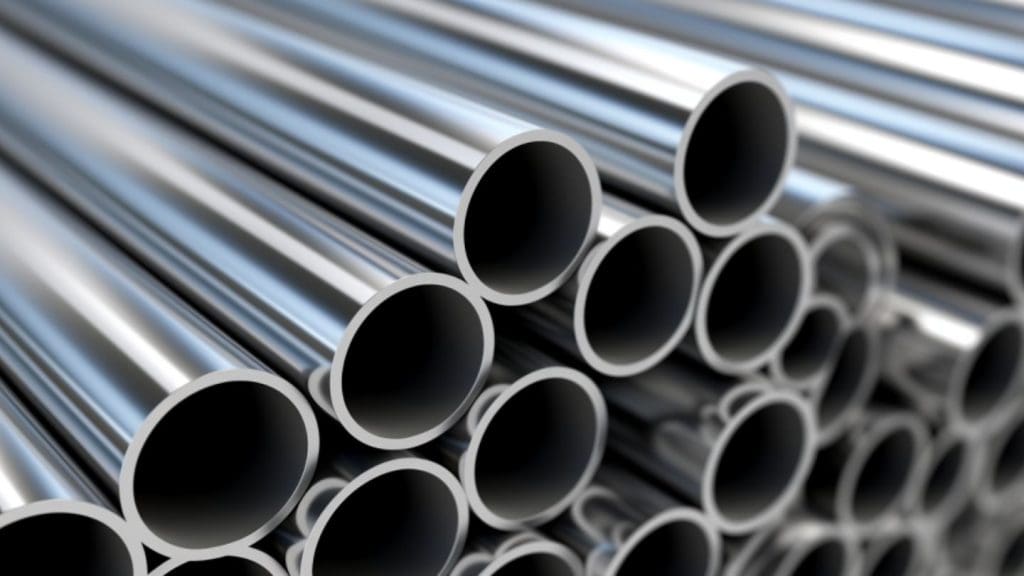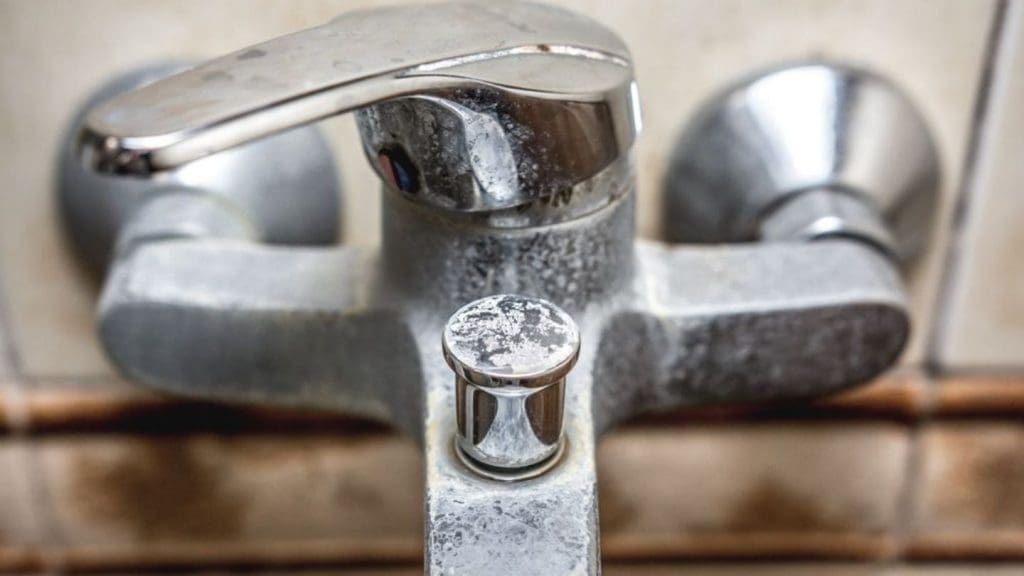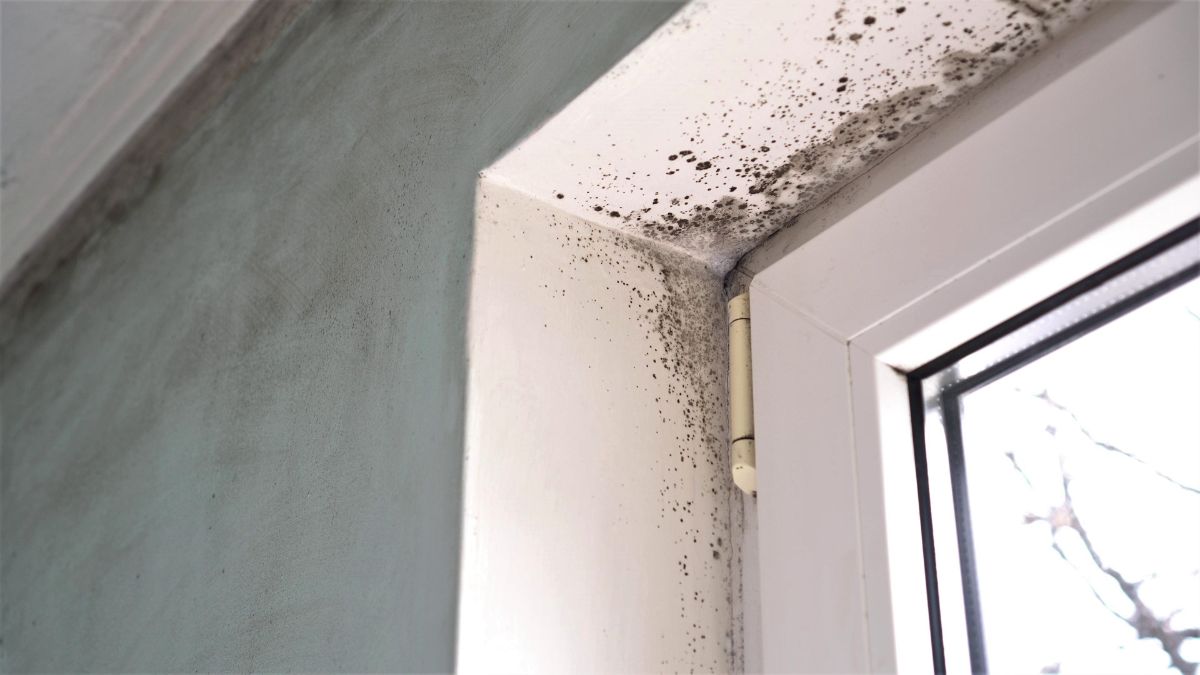Most people assume mold is only a problem for wood, drywall, or fabric. But does mold grow on metal, too? While metal doesn’t provide nutrients for mold to feed on, it’s not immune. In fact, under the right conditions, mold can, and often does, grow on metal surfaces, especially in environments with moisture, poor ventilation, and organic buildup.
This blog explores the science behind mold growth on metal, debunks common myths, outlines health risks, and explains when professional mold remediation becomes necessary.
Can Mold Grow on Metal? Here’s the Truth
The short answer is yes. Can mold grow on metal? Absolutely, but not in the way it does on porous materials like wood or fabric. Mold spores don’t digest metal. Instead, they colonize metal surfaces where organic particles like dust, oil, or dirt are present. These particles act as a food source, allowing spores to grow and spread in the presence of moisture.
So, can black mold grow on metal, too? Yes, especially on HVAC ducts, vent covers, pipes, or appliances exposed to high humidity or water damage. The difference between toxic black mold and black mold matters because some species produce dangerous mycotoxins, while others mainly trigger allergic reactions; both still demand professional remediation. The mold may not damage the metal directly, but it still presents serious health and structural risks.
Why Mold Grows on Metal Surfaces
Humidity and Condensation
High humidity is the leading factor. Metal conducts temperature quickly, and in humid environments, this leads to condensation. When metal stays damp for extended periods, especially in places like basements, crawl spaces, or industrial kitchens, mold finds a comfortable breeding ground.
Long-term mold exposure can quietly undermine indoor health, leading to breathing difficulties, recurring allergies, and even cognitive issues when spores remain unchecked for months or years.
This is why mold will grow on metal surfaces in air conditioning vents, dehumidifier coils, and water heaters, where condensation naturally forms and stays trapped.
Dust and Organic Debris
While metal isn’t porous, it often collects surface grime. This includes cooking oil residue, construction dust, paint flakes, and organic matter, everything mold spores need to grow. If not regularly cleaned, these contaminants provide a foothold.
Surface Damage or Paint Coating
Scratches, chipped paint, and minor corrosion create pockets for water to settle. These areas are particularly prone to mold colonization, especially when combined with poor airflow. That’s why it’s a myth to assume that stainless steel prevents mold; it’s resistant, not immune.
Health Risks of Mold on Metal
Many people ask, Does mold grow on metal surfaces and still pose health risks? Absolutely. Even though the metal isn’t decaying, the mold spores released into the air can lead to serious health concerns.
Many homeowners underestimate just how toxic mold can be, yet even small hidden colonies release spores and gases that compromise air quality and put families at risk.
Respiratory Issues
Exposure to airborne spores can irritate the respiratory system, trigger asthma, and worsen allergies, especially for vulnerable individuals, children, and the elderly.
Allergic Reactions and Skin Irritation
Mold on metal surfaces like shower rods, vents, or handrails can cause skin rashes and allergic responses, especially when touched frequently.
Compromised Indoor Air Quality
HVAC systems contaminated with mold spread spores throughout the property. So yes, does black mold grow on metal and circulate indoors? It can, and it often does.
Is Any Metal Mold-Proof?

There’s a common misconception that metal is completely mold-proof. People often ask, Is metal resistant to mold, or does mould grow on metal under normal circumstances? The reality is: resistance does not mean immunity.
These top facts about mold in Atlanta, from its rapid 24-48 hour growth to its ability to thrive behind walls and inside HVAC ducts, highlight why prompt detection and moisture control are critical.
Stainless Steel
Stainless steel is more resilient due to its smooth, non-porous finish. However, in humid environments like commercial kitchens or bathrooms, even stainless steel can develop surface mold. Again, it’s not the metal itself, but what’s on it that mold grows on.
Galvanized and Painted Metals
Painted metal or galvanized steel can trap dust and moisture, accelerating mold formation, especially when scratches or rust develop.
Mold or Rust? How to Tell the Difference
It’s easy to confuse mold with other surface contaminants. If you’re wondering, does mold grow on metal? Make sure it’s not one of the following:
- Rust: Typically reddish-brown, dry, and flaky
- Efflorescence: Powdery white deposits from mineral-rich water evaporation
- Mildew: Surface-level and usually lighter in color
Mold tends to be black, green, or white, and may appear slimy or fuzzy. If in doubt, a surface test can confirm what you’re dealing with.
How to Prevent Mold on Metal Surfaces
Manage Humidity
The most effective prevention is moisture control. Use dehumidifiers in basements and crawl spaces. Insulate pipes to prevent condensation. Ventilate bathrooms and kitchens properly.
Clean Regularly
Dust, grease, and grime create organic residue where mold will grow on metal. Use non-corrosive, anti-microbial cleaners to keep surfaces clean and dry.
Inspect and Maintain
Regular inspections can catch early signs of mold in HVAC systems, under sinks, or on water tanks, places where moisture is often present.
Can You Remove Mold from Metal Safely?

Yes, but the approach must be thorough. Small patches of mold can be wiped with mold-specific cleaners. However, improper cleaning spreads spores and worsens the problem, especially in commercial or high-traffic environments.
When to Call the Experts
If you’re dealing with mold in multiple rooms, HVAC systems, or behind appliances, call a professional. Especially when facing black mold on metal, professional containment and remediation are critical to avoid health issues and recurrence.
Final Thoughts
So, does mold grow on metal? Yes, under the right circumstances. It doesn’t need to feed on the metal itself. Moisture, organic buildup, and environmental neglect provide everything mold needs to thrive, even on stainless steel, copper, or painted metal.
If you notice strange discoloration, musty odors, or health symptoms, don’t ignore them. Professional assessment and treatment can make the difference between minor cleanup and a major health hazard.
For certified mold inspections, remediation, and long-term solutions, trust mold experts in Atlanta at Mold-B-Gone. Visit us to protect your property and your health.

